What is Whitening on Pokémon Cards?
-
By: Oliver Copeland
- Published:
- Last Updated: January 2, 2024
In the hobby of Pokémon card collecting, the condition is everything. Something as little as a scratch or dent on the surface of the card can be the difference between a 9 and a 10 when graded. This could result in less value and in some extreme cases, thousands of dollars lost.
One of the first things to check on a card is whitening. What is whitening on a card? Take a deep dive with us and find out everything there is to know about whitening on trading cards, including even images under a microscope.
What is whitening?
Whitening is caused by premature wear on the edge of the card. This wear results in the edges becoming frayed, creating a noticeable whitening along the edge or corner of the card.
Pokémon cards are made of layers of paper pressed together called cardstock. Pokémon cards start out as large poster-sized sheets, which are then cut into individual cards before being packaged and shipped.
The face and reverse of the cards are given a special varnish coating that gives the card its gloss. This coating also seals the card, giving it a slightly hydrophobic surface.
The edges have no ink on them and no special coating. This subjects the edges to premature wear if they are handled incorrectly. Any wear to the edge of a card will result in whitening.
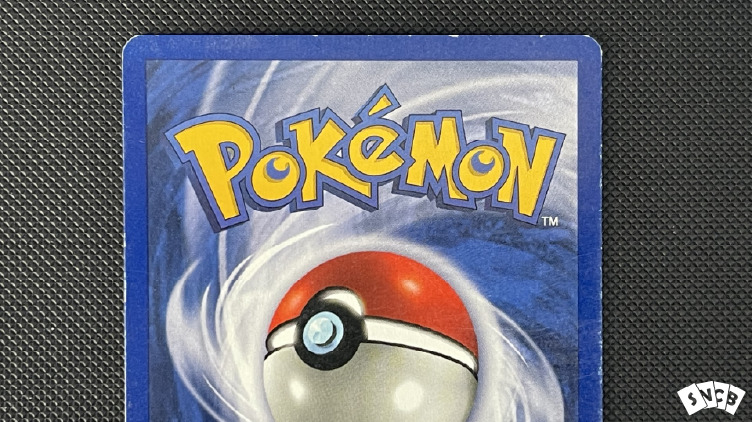
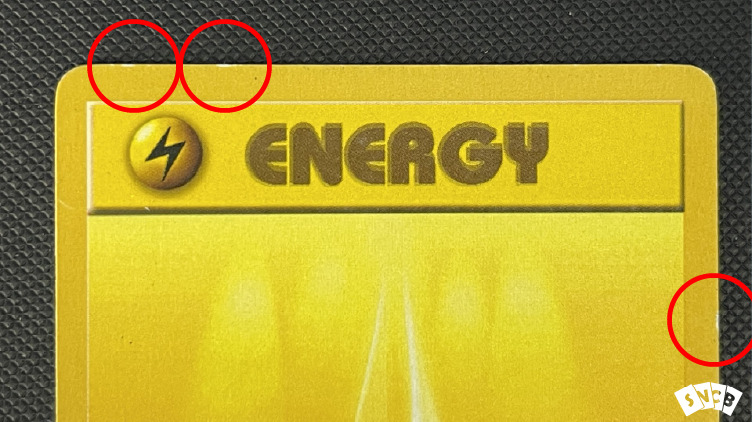
It is easier to check for whitening by looking at the back of a Pokémon card. The contrast between the white and dark blue makes it visible.
How does whitening happen on cards?
Since the edge of a Pokémon trading card is unprotected, it is subject to premature wear from all aspects of handling the card.
There are four main reasons why a Pokémon card may have whitening along the edges:
- Poorly cut edges (factory damage)
- Mishandling
- Moisture
- Improper storage
Poorly cut edges:
During the card manufacturing process, the individual cards are cut from a large sheet. While the manufacturing process is largely unknown, many hobbyists speculate that dull blades could be the cause of rough edges.
The spike in Pokémon card popularity in 2020 resulted in high demand that had to be met with accommodating supply. During this time we saw that the overall quality of Pokémon cards took a small dive. This could be the cause of dull blades in the factory but also suggests that the speed of production could be a prime factor.
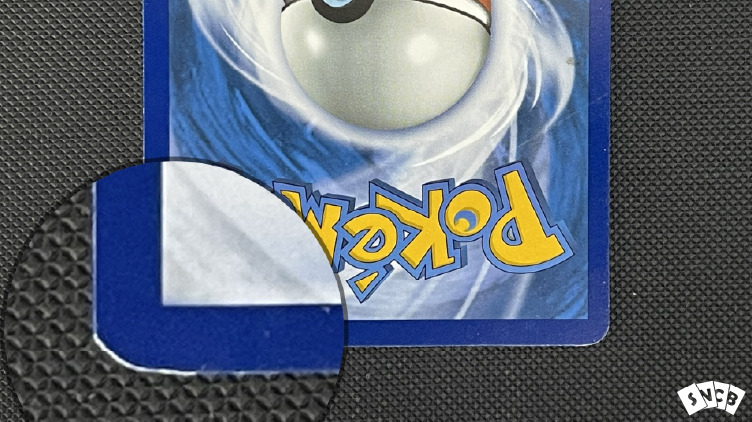
Mishandling:
You may remember collecting Pokémon cards as a kid in 1999 or the early 2000s. It wasn’t uncommon for us to snap an elastic band around a deck of cards and shove them into a denim jean pocket. It’s quite obvious that this damages cards, but it is a great example of mishandling.
The edges of a card are soft and any abnormal pressure or abrasive forces can lead to whitening. Something like tapping a deck of cards on a hard surface to square up the deck is an example of abnormal pressure upon the edges.
Moisture:
A special coating on the face and reverse of the card seals the ink in and gives the cards a glossy hydrophobic surface. This means that water will bead off the card and not so easily absorb into the cardstock. However, this coating is applied before cutting the sheets which result in the edges of the cards being vulnerable to moisture absorption.
For example, if you are cleaning a Pokémon card with a moist cotton swab, care should be taken to avoid the edges as they are likely to absorb the moisture.
When the edges are exposed to moisture, they soften and are even more vulnerable to premature wear, resulting in whitening.
Improper storage:
If your cards are not sleeved and placed in a binder or top loaders, they are at risk of whitening. Cards must be sleeved before being placed in any type of storage device.
When inserting a card into a binder page, the card must slide into the pocket. This can cause premature edge wear resulting in whitening. If the card is taken out and reinserted on a regular basis, the whitening will become worse.
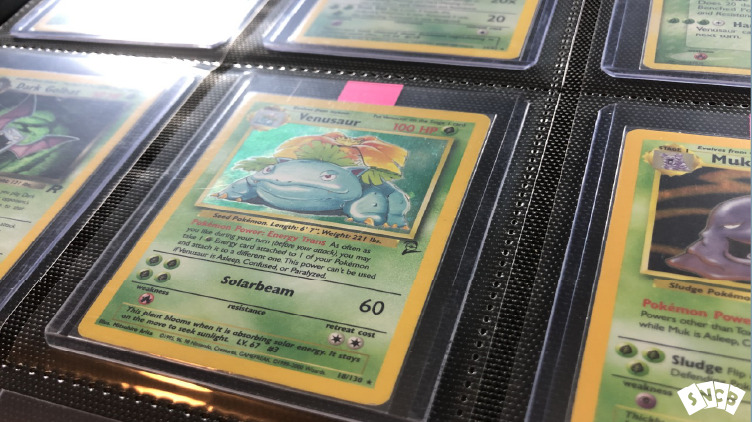
Can you fix whitening on cards?
Unfortunately, whitening can not be fixed. Any attempt to do so will likely cause further damage to the card. This is why proper storage, handling, and preventative measures are critical to the card’s longevity and value.
How to prevent whitening
The best way to prevent whitening is to immediately sleeve the card and place it into a secondary storage device such as a top loader, magnetic one-touch, or binder page.
Handling the card can lead to whitening if removed from the sleeve.
Keep your cards far from any water source or sunlight if not under UV protection. It is best to store cards in a cool dry area.
How whitening affects grading
Having a card graded is the ultimate method of preservation. Once a card is graded, it is placed into a semi-permanent case called a ‘slab’ that cannot be opened without destroying the case itself. It is nearly impossible for a card to be damaged once slabbed.
Damage to the card before it is sent in for grading must be avoided at all costs.
Unfortunately, we sometimes have cards that already have some damage, even if they are ‘pack fresh’. This is mostly due to quality control. But how does this factor into grading?
When cards are graded, every edge and corner is looked over multiple times. One of the first things a grader is going to look for is whitening. Only the slightest amount of whitening can pass for a 10 at PSA.
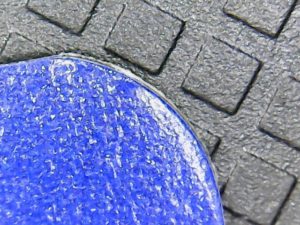
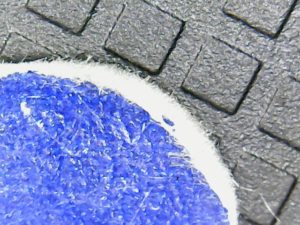
Other grading companies Like BGS, CGC, and MNT offer a grade above 10 called ‘Pristine’ or something similar. To achieve this perfect grade, the card must be void of any whitening (or other imperfections).
Once the edges of a card are damaged, more damage can occur easily. So, having your card graded and slabbed even if it has whitening can be beneficial.
Final thoughts
Whitening on Pokémon cards is avoidable if proper precautions are taken. Unfortunately, many of the cards from your childhood collection will probably have significant whitening on the edges.
This will impact the grade of the card if you send it off to a grading service, but that’s no reason to refrain from sending it. Make sure to always protect your cards with a sleeve and top loader, and store them in a cool dry environment to keep them as mint as possible.




